I had never thought that stropping a newly sharpened edge on a cutting tool did much. A few swipes back and forth on a piece of leather would break off the tiny burr left by the stone and that was about it. I knew that when barbers used straight razors they stropped the blade before giving a customer a shave, but didn’t take the hint that stropping is the key to a truly sharp edge.Leather, I’ve learned, contains silicates—mineral cousins to the silicates in garnet sandpaper—which serve as an abrasive for honing metal. Horsehide has a higher concentration of silicates than cowhide and was the material favored for straight-razor strops. The steel edge of a straight razor is so fine that shaving can distort it and a strop works not only by wearing away a bit of metal, but also by pressing wobbles straight and burnishing thick and thin areas to make the edge uniform again.The blades of woodworking tools are sturdier and need the help of stropping compounds added to the leather to speed sharpening. Some of these abrasives come in wax bars with different grits, each with a different color. Two of the most common compounds are white—aluminum oxide, comparable to a 2,000-grit stone—and green—chromium oxide, comparable to 6,000 grit.
Join The Conversation
We welcome your comments about this article. To include a photo with your remarks, click Choose File below the Comment box.





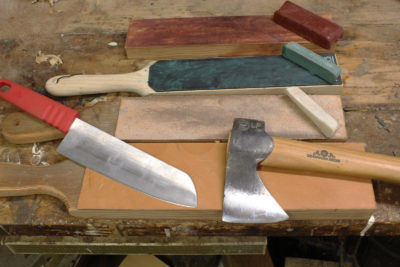
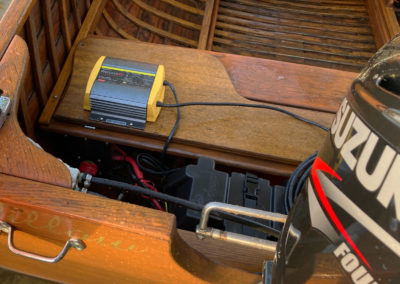
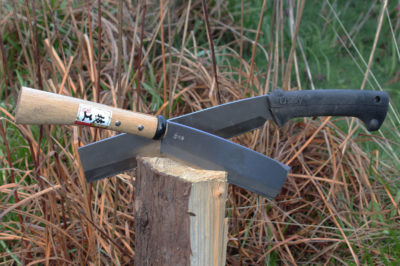


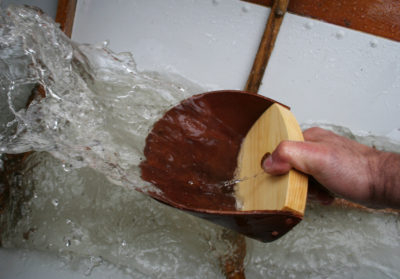

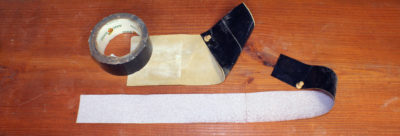
Jögge Sundquist uses Autosol for honing compound: watch his video.